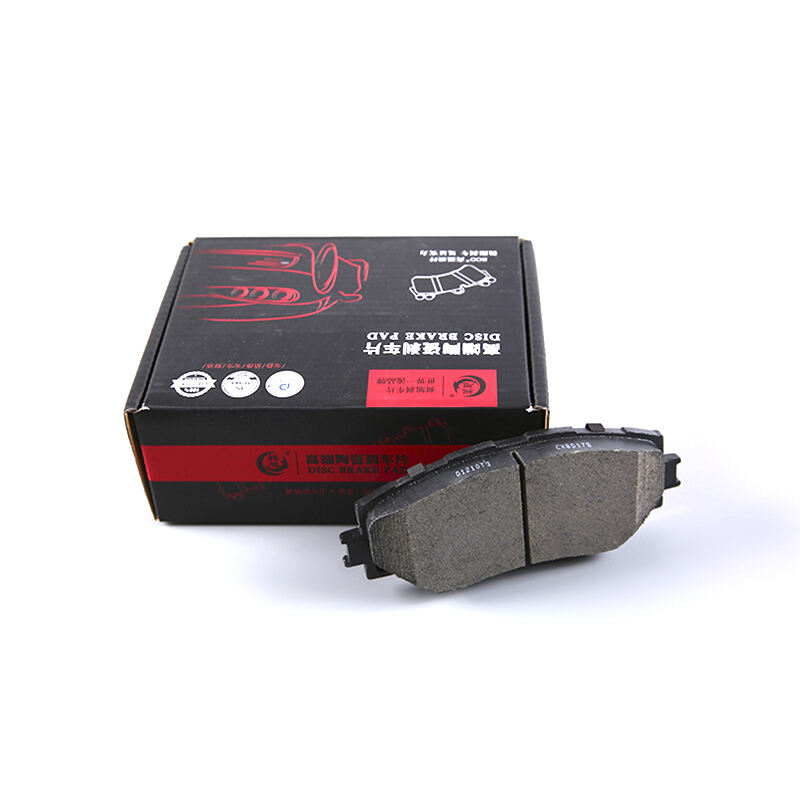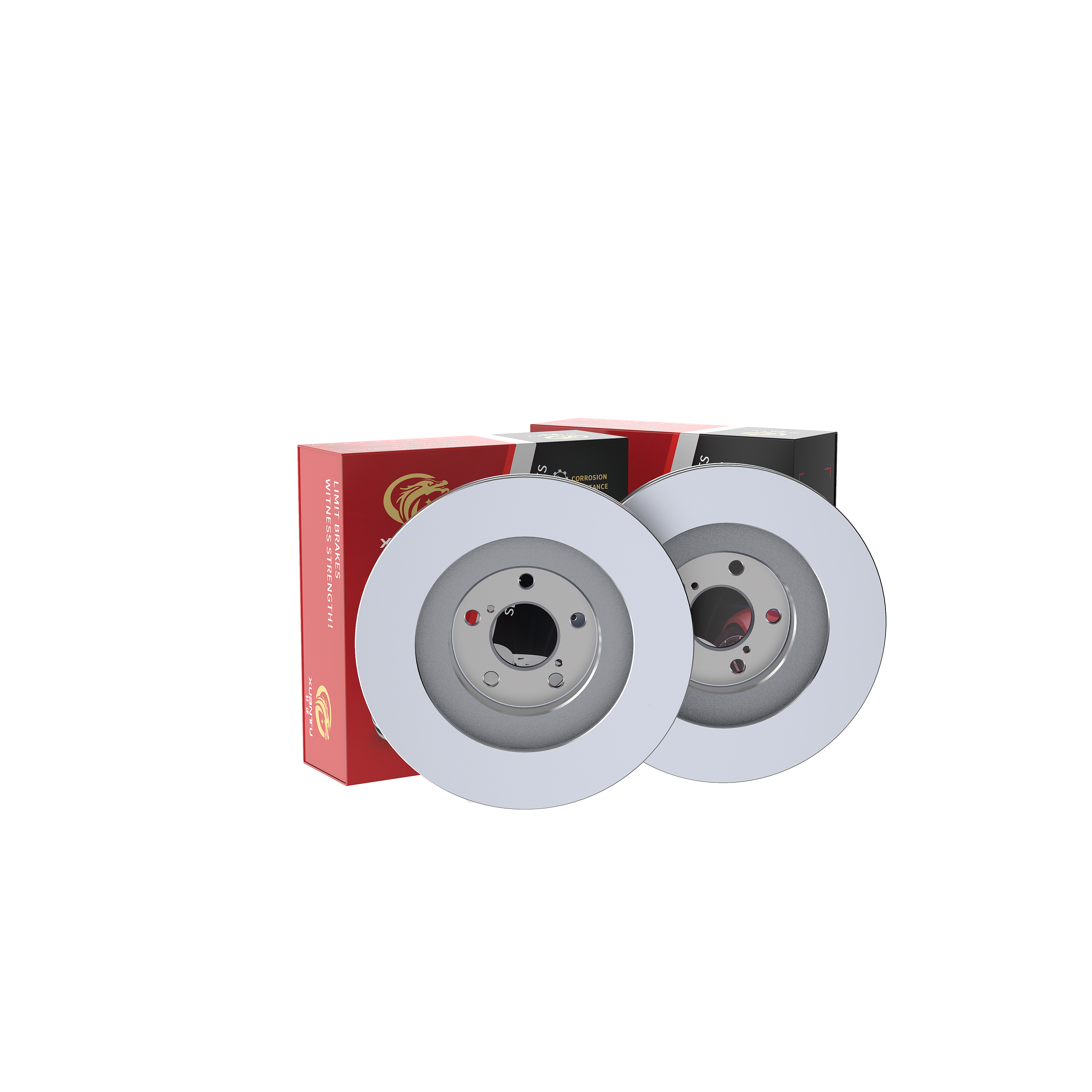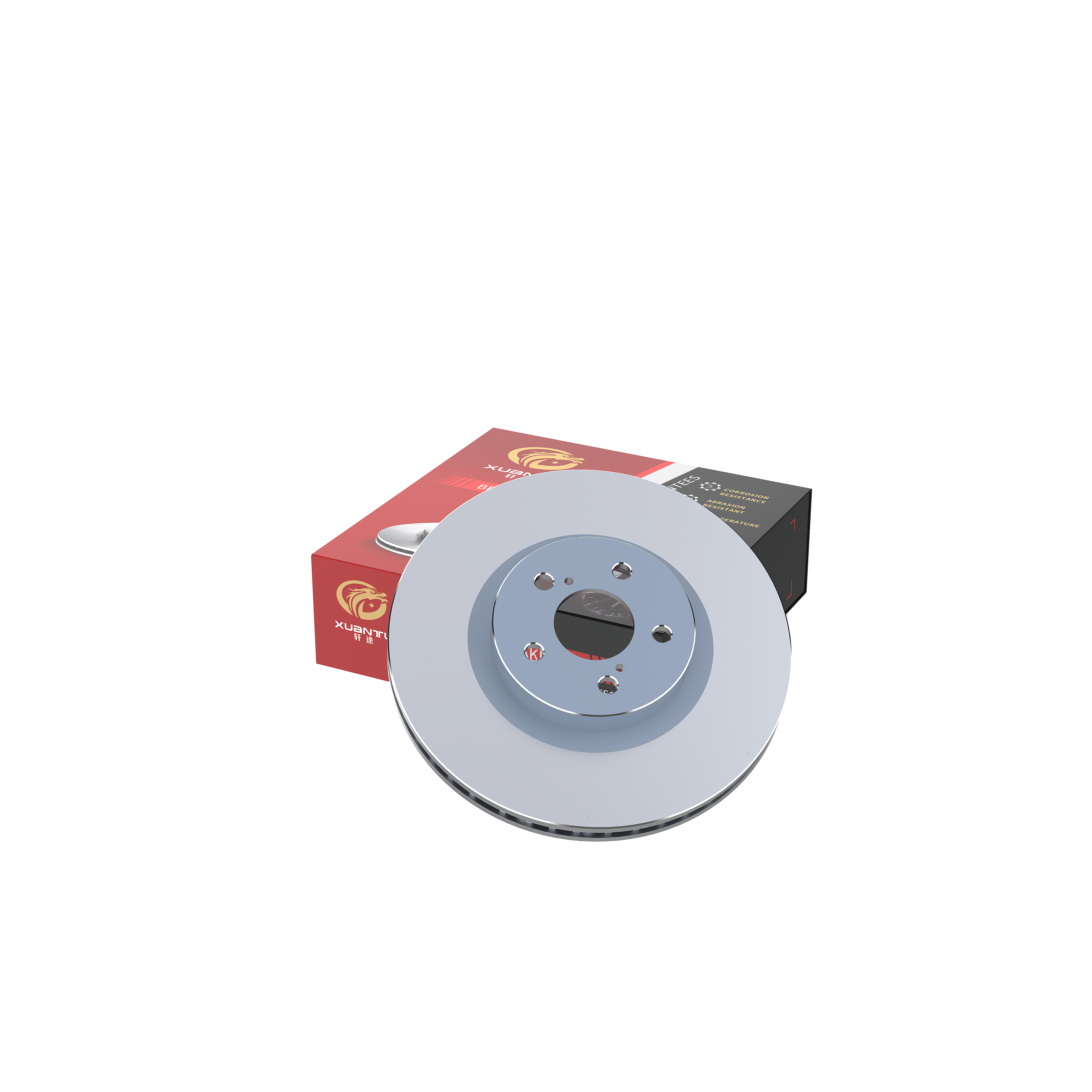
A indústria automotiva testemunhou avanços notáveis na tecnologia de freios, com as pastilhas de freio de carbono cerâmico surgindo como uma solução premium para veículos de alto desempenho e condições de condução exigentes. Esses componentes avançados de freio representam...
VER MAIS
Entender quando substituir as pastilhas de freio automotivas é crucial para a segurança do veículo e seu desempenho ideal. Esses componentes essenciais trabalham incansavelmente para levar seu veículo a uma parada segura, mas desgastam-se gradualmente com cada uso. Reconhecer os sinais...
VER MAIS
A segurança do veículo é primordial para todos os motoristas, e entre todos os componentes de segurança, as pastilhas de freio automotivas representam a primeira linha de defesa contra acidentes potenciais. Esses componentes críticos convertem energia cinética em calor por meio da fricção, permitindo...
VER MAIS
Selecionar as pastilhas de freio automotivas corretas representa uma das decisões de segurança mais importantes que os proprietários de veículos enfrentam hoje. Com inúmeras opções inundando o mercado e características de desempenho variadas entre diferentes materiais e designs, tomar...
VER MAIS
Instalar pastilhas de freio automotivas em casa é um projeto de bricolagem gratificante que pode economizar centenas de dólares em custos de mão de obra, além de proporcionar uma experiência prática valiosa com o sistema de segurança mais crítico do seu veículo. Muitos proprietários de carros se sentem intimidados pelos freios...
VER MAIS
Compreendendo a Tecnologia Moderna de Freios Automotivos A evolução da tecnologia de sistemas de freio automotivos revolucionou a segurança e o desempenho dos veículos. Os sistemas de freio avançados de hoje combinam engenharia sofisticada com materiais de ponta para de...
VER MAISCompreendendo Problemas Críticos no Sistema de Freio para a Segurança do Veículo O sistema de freio do seu veículo é, sem dúvida, o componente de segurança mais crucial, servindo como o mecanismo principal para controlar e parar o seu carro. Um sistema de freio bem mantido não apenas e...
VER MAIS
Compreendendo a Engenharia Superior por Trás dos Componentes de Freio de Alta Performance Quando se trata de segurança e desempenho do veículo, poucos componentes são tão cruciais quanto o sistema de freio. No coração desse sistema estão as pastilhas de freio, e as pastilhas premium...
VER MAIS
Compreendendo o Papel Fundamental dos Componentes do Sistema de Freio O sistema de freio do seu veículo representa um dos recursos de segurança mais cruciais, com os discos de freio desempenhando um papel central em parar o seu carro. Esses discos metálicos trabalham em conjunto...
VER MAIS
Compreendendo o Papel Fundamental dos Componentes de Freio de Qualidade Quando se trata de segurança veicular, poucos componentes são tão cruciais quanto os discos de freio. Essas peças essenciais trabalham incansavelmente para transformar a energia cinética do seu carro em calor por meio da fricção, eficazmente...
VER MAIS
Compreendendo Componentes Críticos do Sistema de Freios e Suas Vulnerabilidades. A falha no sistema de freios representa um dos problemas automotivos mais perigosos que os motoristas podem enfrentar. A capacidade de parar ou desacelerar um veículo é fundamental para a segurança viária, maki...
VER MAISCompreendendo os Componentes Críticos da Frenagem Automotiva Moderna. O sistema de freios de um carro é um dos componentes de segurança mais vitais em qualquer veículo, responsável por controlar a velocidade e levar o veículo a uma parada completa quando necessário. Um bem...
VER MAIS